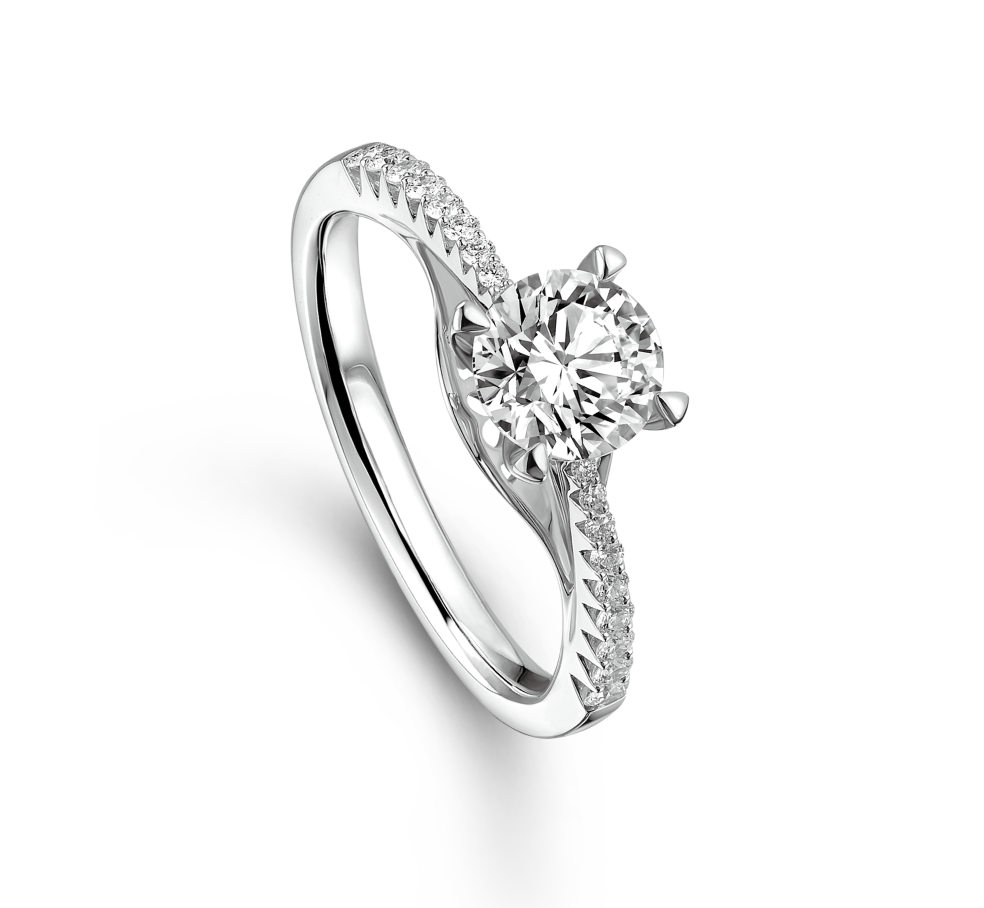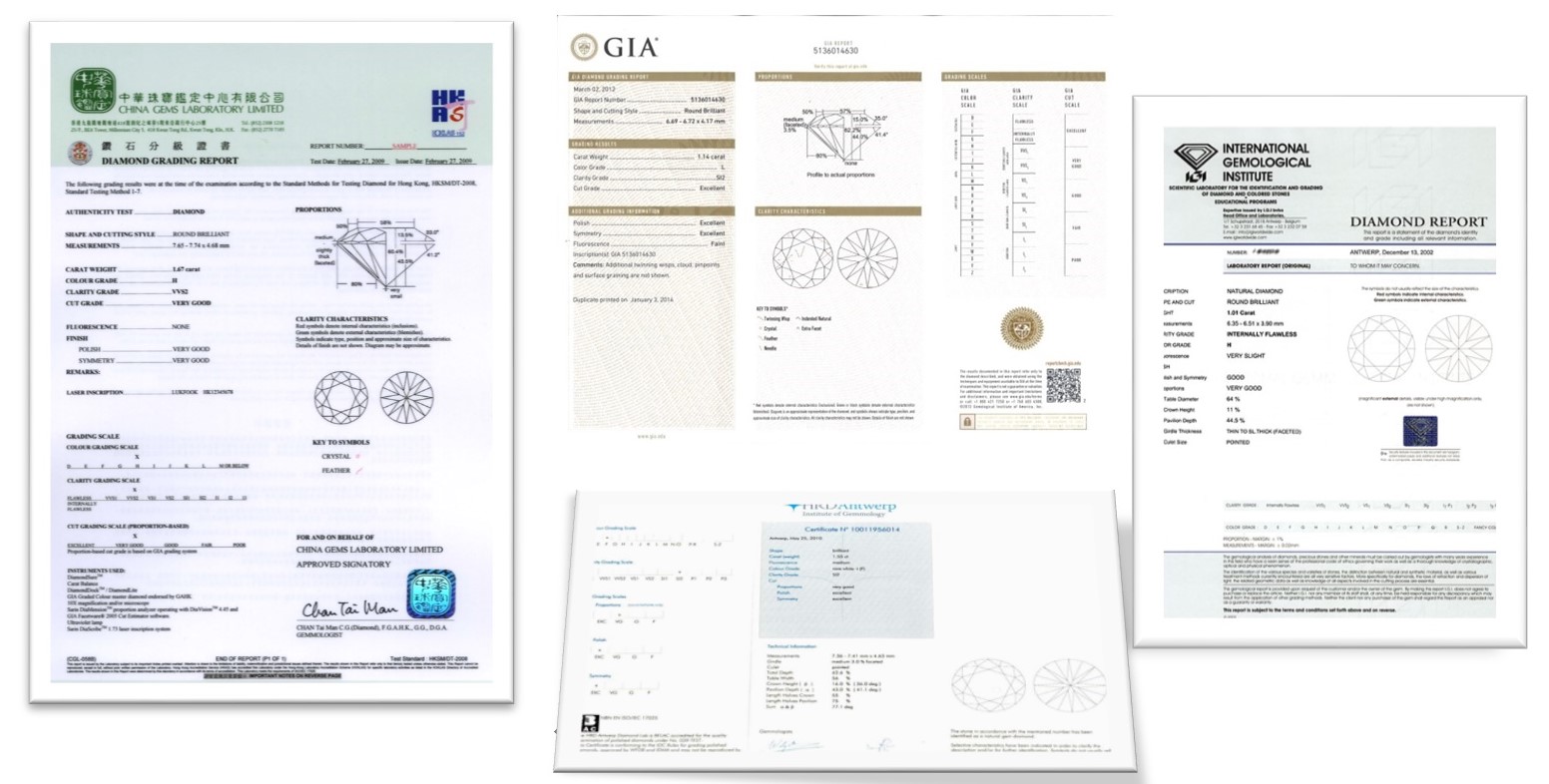
Do you know the origin of natural diamonds?
Natural diamonds were formed around 160 kilometres deep below the Earth’s surface. Each natural diamond is made of carbon. Carbon crystallises under high temperature and pressure in the Earth’s mantle over time to form the hardest natural material – natural diamonds. The first natural diamond was discovered in an Indian cave 4,000 years ago. But the stones we see today have formed between one to three billion years ago. A diamond’s natural marks and inclusions can be considered small time capsules that tell the story of the Earth’s formation.
Natural diamonds are a non-renewable natural resource with finite reserves in nature. Diamond recovery peaked in 2005 and there have been no significant diamond discoveries in about 30 years. As natural diamonds grow rarer each day, they become increasingly more valuable.
The Four C’s of Diamond

Often confused to be a measure of a gem’s size, carats are actually the measurement for a diamond’s weight. For this reason, two one carat diamonds can appear to be very different sizes because of their cut. Since heavier diamonds are rarer, the carat weight of the diamond will greatly affect its value. |
|
While diamonds naturally occur in many colors of the rainbow, they are most commonly found as “white” or “colorless”. Despite this name, colorless diamonds still often exude slight hints of yellow or brown. The most standard grading system for colorless diamonds ranges from D to Z, in which D is completely colorless and Z has a yellow/brown hue. Generally, the closer the diamond is to a “D” grade, the rarer and more valuable it is. |

The clarity grade measures the presence of inclusions or blemishes within the diamond that may affect its appearance. Like a beauty mark, inclusions in diamonds are common and can give a diamond personality. However fewer visible inclusions in a diamond are typically more desirable. The greater the clarity, the more rare and valuable the stone is considered.
Clarity is usually graded on a chart starting with FL and IF. The FL and IF grade means the diamond is flawless and has no visible inclusions. If you’re not seeing a ton of these on your engagement ring shopping trip, don’t fret; Less than 1% of diamonds are classified as FL and IF.
Next up are the VVS1 and VVS2 grades, which translate into Very Very Slightly Included. Then there are VS1 and VS2, which mean Very Slightly included; followed by SI1 and SI2, which are Slightly Included. The final grade category which encompass I1, I2 and I3 are Included in ways that are usually visible to the naked eye. |

The cut of a diamond can predict its shimmer factor. That’s because the better the cut of a diamond, the more light is reflected, and the more brilliant it will ultimately appear. Because cutting a diamond is a mix of art and science and is still mostly done by hand, the range of cuts is unlimited. Most often, a diamond’s cut is graded as excellent, very good, good, fair or poor. |
The Fifth C's of Diamond: Certification
|
A diamond’s certification is essentially its total grading report. A grading report from an independent laboratory can help confirm all of the characteristics of the diamond (better known as the “4 Cs”), and help verify that you are buying a natural diamond with authentic intrinsic value.
Once you understand the basics on how diamonds are evaluated, it’s time to have some fun and explore your personal style through the various types of engagement ring shapes. While the options are seriously endless, there are certain types of engagement ring cuts that continue to endure the test of time above all the rest:
|










